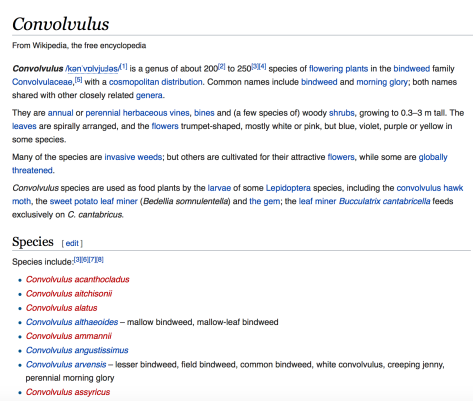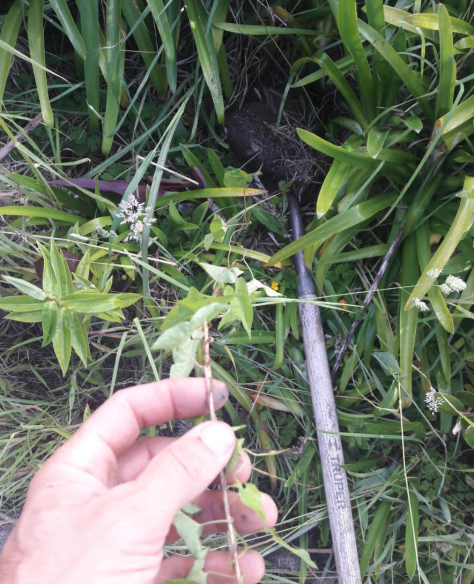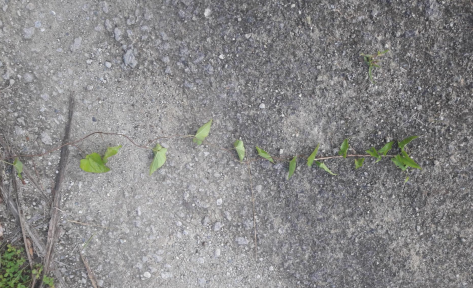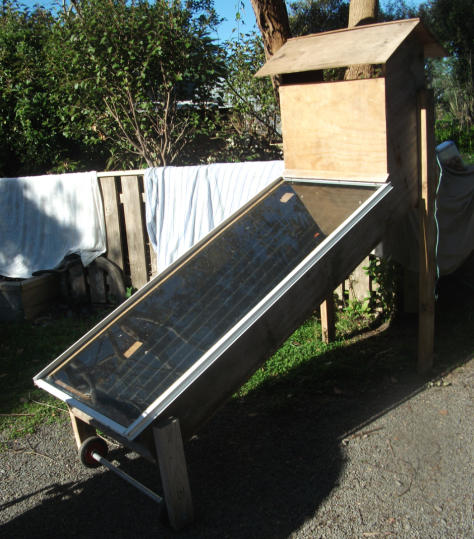The longest day of the year has arrived in the southern hemisphere, and it is all on for Kaitiaki Farm. Some 200-odd fruit trees are setting fruit, including apples, apricots, American paw paw, blueberries, avocados, black currants, feijoas, figs, guavas, grapes, nectarines, olives, pears, plums, peaches, persimmons, prune, and quince.
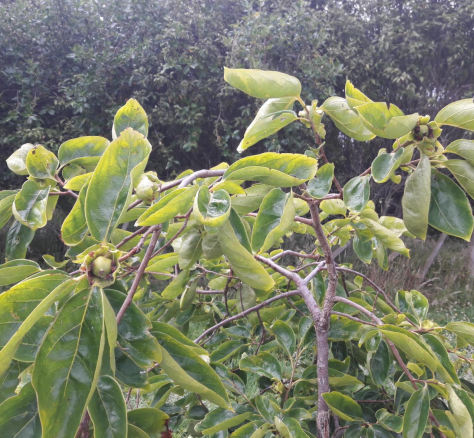
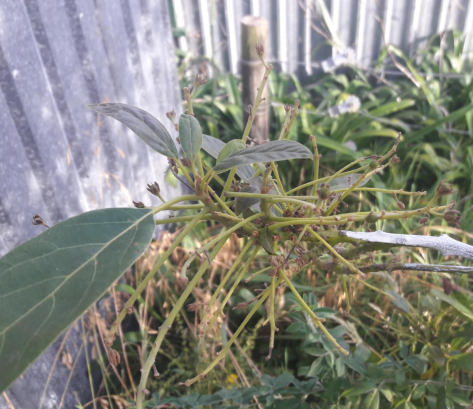

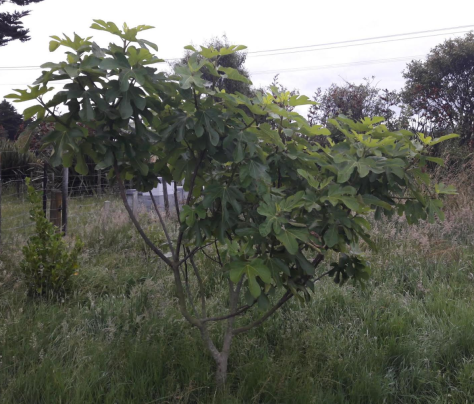
The market gardens are pumping.

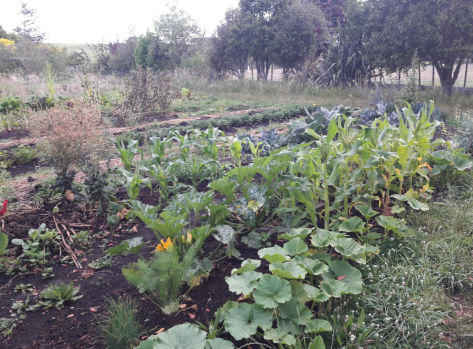
We harvested the winter crop of broad beans and made about 10 litres of falafel mix.

We have been milking three goats since September and making goats cheese twice a week.
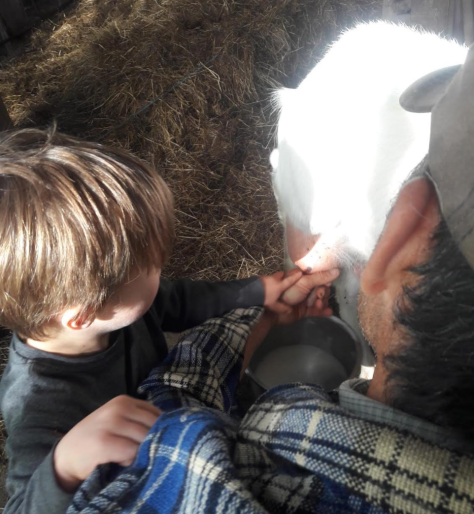
Here are the kids.
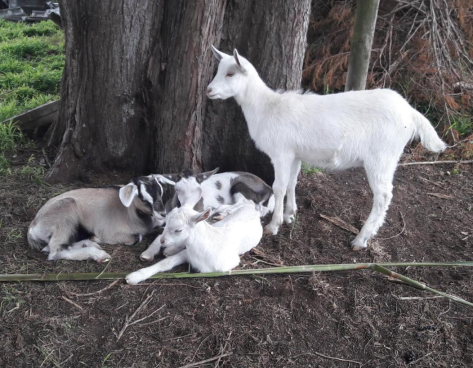
Finally, we have been selling grape vines, peach trees, muscovy ducklings, kune kune pigs. Garlic goes on sale tomorrow.
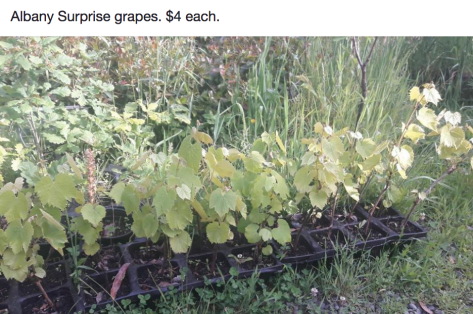
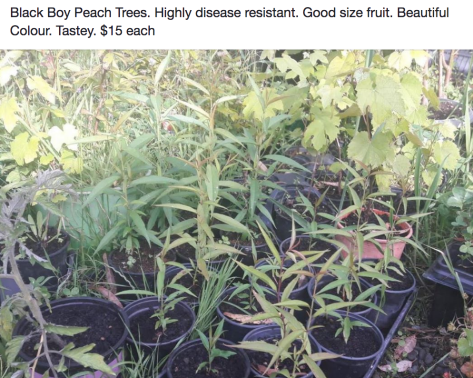
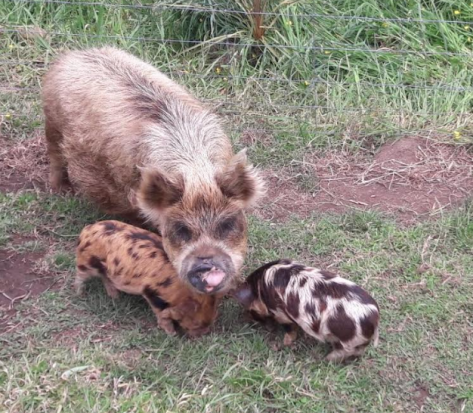
After 4 & 1/2 years, a kilometre of new fencing, and 2,500 trees planted the farm is hitting its stride. Our regenerative systems are in place and natural processes are now doing most of the work.
Happy Solstice, Estwing



